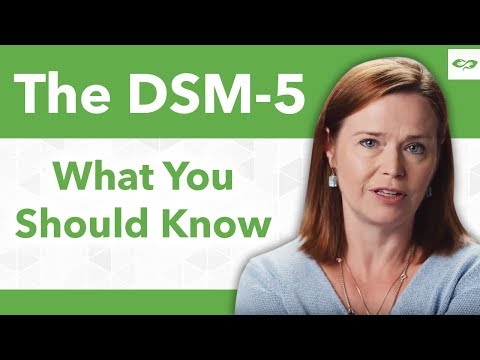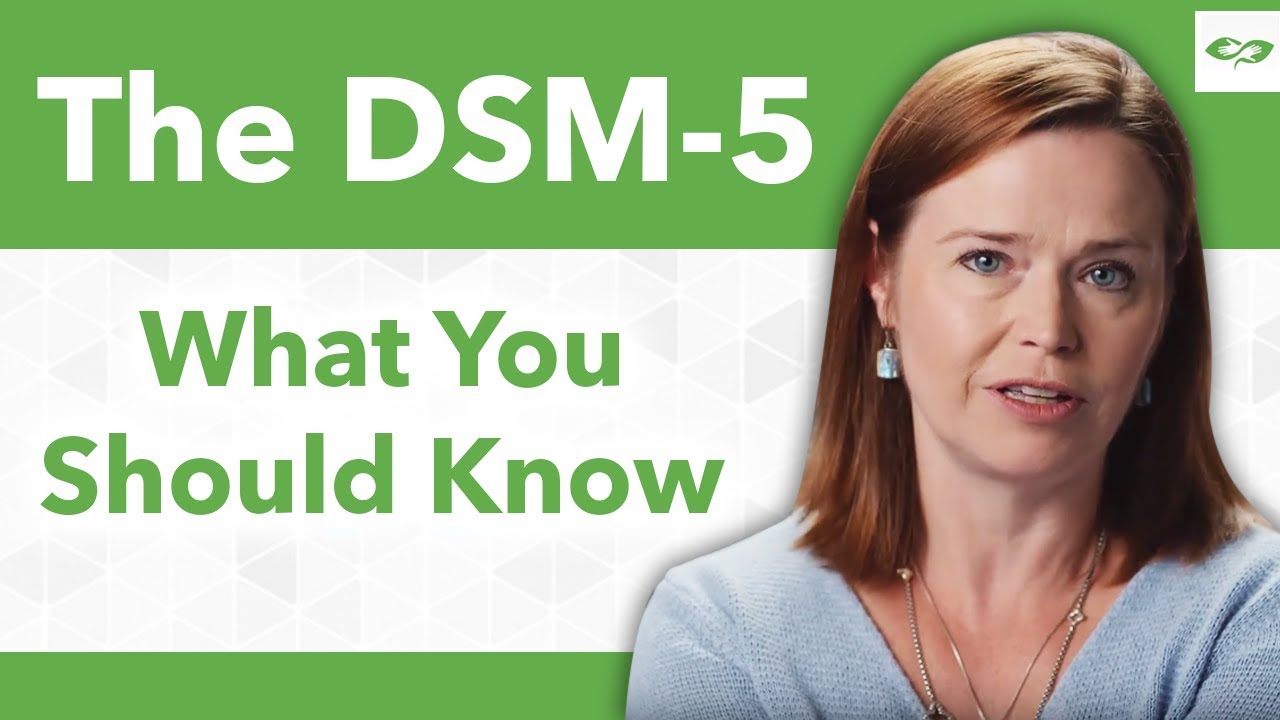DSM-5: Unveiling the Complex World of Mental Health Disorders and Insights, Revealing New Perspectives and Hope for Understanding and Treatment Delve into the fascinating realm of the DSM-5, a groundbreaking classification manual that revolutionizes our comprehension of mental health conditions. This powerful resource provides clinicians, researchers, and individuals alike with an in-depth understanding of the intricacies surrounding psychological disorders. By systematically categorizing and defining mental health conditions, the DSM-5 unlocks the potential for accurate diagnoses, tailored treatments, and improved outcomes. Within the pages of the DSM-5, you’ll embark on an intellectual journey that unveils the diverse range of mental health disorders, from anxiety and depression to less commonly understood conditions. This comprehensive guide goes beyond mere definitions, offering profound insights into the underlying causes, symptoms, and potential interventions for each disorder. With its rigorous research foundation and extensive clinical expertise, the DSM-5 empowers mental health professionals to provide personalized care that addresses the unique needs of every individual. Furthermore, the DSM-5 introduces a fresh perspective on mental health, challenging societal stigmas and fostering empathy and understanding. By emphasizing the contextual factors that contribute to mental health disorders, this remarkable manual facilitates a holistic approach to treatment, empowering individuals to overcome obstacles and embark on a journey of healing. Join the ranks of those who seek to unravel the complexities of the human mind and unlock the secrets of mental health. Discover the transformative power of the DSM-5 as it redefines our understanding of psychological well-being, offering new hope and possibilities for a brighter future.

What is DSM-5?
| Category | Description |
|---|---|
| Definition | The Diagnostic and Statistical Manual of Mental Disorders (DSM) is a publication by the American Psychiatric Association (APA) that provides standard criteria for diagnosing mental health disorders. |
| DSM-5 | DSM-5 is the fifth edition of the DSM, published in 2013, and is currently the most widely used diagnostic tool of mental health disorders in the United States. |
| Updates | Compared to its predecessor, DSM-IV, DSM-5 introduced significant changes in the classification and diagnostic criteria of various mental disorders. It aimed to improve the accuracy, reliability, and clinical utility of psychiatric diagnoses. |
| Criteria | DSM-5 provides a comprehensive list of criteria for each mental disorder, including symptoms, duration, and impairment levels. These criteria assist clinicians in making accurate diagnoses and developing appropriate treatment plans. |
| Multi-Axial System | Unlike the previous versions, DSM-5 eliminated the multi-axial system, which used to classify disorders on different axes. The new edition adopted a more streamlined approach, integrating all relevant information within a single diagnosis. |
| Criticism | While DSM-5 is widely accepted and utilized, it has also faced criticism for its potential overmedicalization of normal behaviors and its reliance on categorical diagnoses rather than considering the spectrum of mental health conditions. |
| Future Developments | As the field of mental health continues to evolve, future editions of the DSM are expected to incorporate advancements in research, neurobiology, and understanding of mental disorders to provide more accurate and effective diagnostic guidelines. |
“Unlocking the Mind: Essential Insights into the DSM-V”
What is DSM-5?
The Diagnostic and Statistical Manual of Mental Disorders, Fifth Edition (DSM-5) is a widely used manual developed by the American Psychiatric Association (APA). It provides a comprehensive classification and diagnostic tool for mental health professionals, helping them to identify and diagnose various mental disorders.
The Evolution of DSM
The DSM has a long history, with the first edition published in 1952. Since then, it has undergone several revisions, with the most recent one being DSM-5, released in 2013. Each revision reflects advances in the field of psychiatry and is designed to improve the accuracy and consistency of diagnosing mental disorders.
Key Changes in DSM-5
DSM-5 introduced several significant changes compared to its predecessor, DSM-IV. These changes aimed to address limitations identified in previous editions and incorporate new research findings. Some of the key changes include:
1. Broadening Diagnostic Criteria
DSM-5 expanded diagnostic criteria for some disorders, allowing for greater inclusivity. For example, the criteria for Autism Spectrum Disorder were broadened to encompass a wider range of symptoms and levels of severity, recognizing the diverse presentation of the disorder.
2. Dimensional Assessments
DSM-5 introduced a dimensional approach to diagnosis, which recognizes that mental disorders exist on a continuum rather than being strictly present or absent. This approach allows for a more nuanced understanding of the severity and impact of a particular disorder on an individual’s functioning.
3. New Disorders
DSM-5 added new disorders that were not included in previous editions. One notable addition was Disruptive Mood Dysregulation Disorder, which was introduced to better diagnose children and adolescents with chronic irritability and frequent temper outbursts.
4. Elimination of Disorders
Some disorders that were included in previous editions were removed from DSM-5. For example, Asperger’s Disorder and Pervasive Developmental Disorder Not Otherwise Specified (PDD-NOS) were eliminated and folded into the broader diagnosis of Autism Spectrum Disorder.
5. Cultural Considerations
DSM-5 emphasized the importance of cultural factors in the diagnosis of mental disorders. It acknowledged that the expression and experience of mental health symptoms can vary across different cultures and that clinicians should consider these cultural variations when making a diagnosis.
Impact and Criticisms of DSM-5
DSM-5 has had a significant impact on the field of psychiatry and mental health care. Its revised diagnostic criteria have influenced clinical practice, research, and insurance reimbursement policies. However, the manual has also faced criticism:
1. Overmedicalization
Some argue that DSM-5 contributes to the overmedicalization of normal human experiences, labeling them as disorders. Critics claim that this can lead to unnecessary treatment and stigmatization of individuals who may not truly have a mental disorder.
2. Lack of Biological Basis
Another criticism is that DSM-5 relies heavily on symptom-based diagnosis and lacks a strong biological basis. Critics argue that this approach may overlook the underlying neurobiological mechanisms of mental disorders, hindering advancements in treatment and understanding.
3. Cultural Bias
Despite efforts to include cultural considerations, some argue that DSM-5 still reflects a Western bias in its diagnostic criteria. The manual may not adequately capture the unique cultural expressions and experiences of mental disorders in non-Western populations.
The Future of DSM
With each new edition, the DSM continues to evolve and adapt to advancements in the field of psychiatry. The next edition, DSM-6, is currently in development and is expected to address some of the criticisms and limitations of DSM-5.
One potential direction for DSM-6 is the incorporation of biomarkers and genetic information to enhance diagnostic accuracy. By integrating biological data, the manual may provide a more comprehensive understanding of mental disorders and aid in the development of targeted treatments.
Additionally, DSM-6 may further emphasize the importance of a dimensional approach to diagnosis, recognizing the complexity and heterogeneity of mental disorders. This could lead to a more personalized and precise approach to treatment, tailored to an individual’s specific needs.
Overall, DSM-5 has played a crucial role in standardizing the diagnosis of mental disorders and facilitating communication among mental health professionals. While it has faced criticism, it has also sparked important discussions about the nature of mental illness and the future of psychiatric diagnosis.
As research continues to advance, it is likely that future editions of the DSM will continue to evolve, incorporating new knowledge and addressing the limitations of previous versions.

